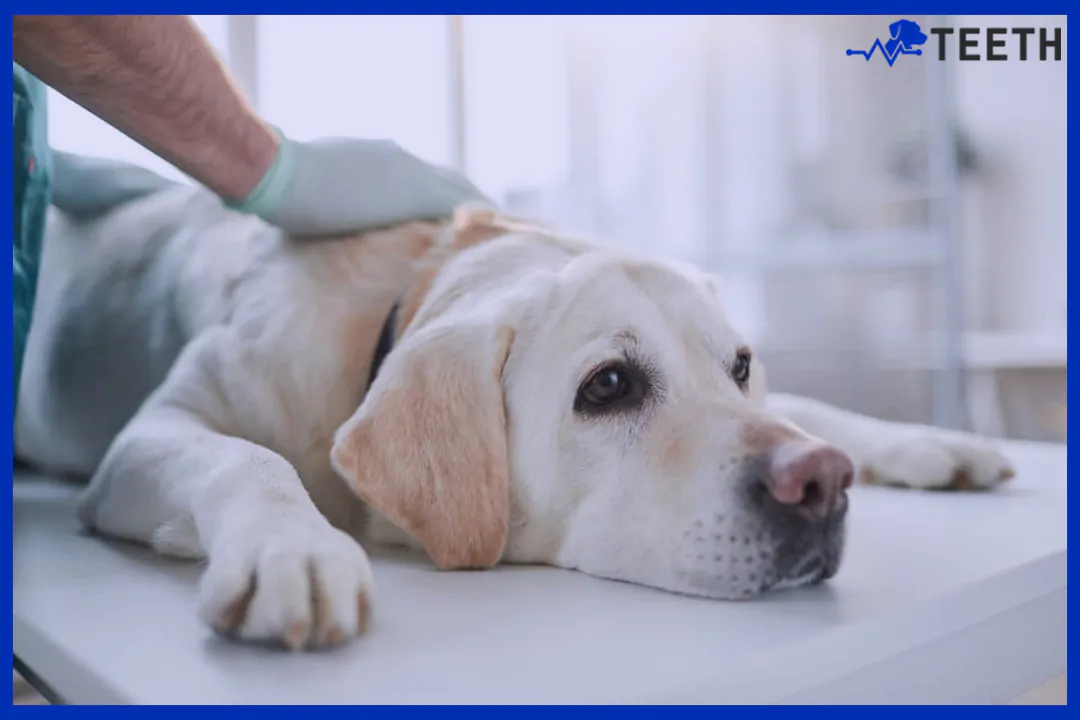Good oral hygiene in your furry companion is paramount for overall health and happiness. Just like humans, dogs may suffer from issues related to gum disease, tooth decay and bad breath – in order to combat this it’s crucial that flossing for dogs become part of their pet dental care routine at home – in this article we’ll give tips and guidance for doing just that at home – plus give some useful dental health tips for pups!
Canine Tooth Health Is Key:
Canine teeth flossing is an integral component of oral hygiene for canines. Neglecting this aspect could result in tartar buildup that leads to periodontal disease in canines as well as tooth decay causing discomfort to them and diminishing their quality of life; regular flossing along with brushing dog’s teeth is the best way to combat such problems and ensure their dental wellbeing.
Materials to Clean Dog Teeth at Home:
Dental floss specifically made for dogs should always be used, since human dental floss could contain harmful materials for pets.
Canine toothbrush and toothpaste: Consider investing in canine-specific toothbrush and toothpaste options since human toothpaste could prove toxic for them.
Dog dental treats and toys: Toys that naturally help clean their teeth by reducing plaque and tartar build-up are available as treats or toys to aid with this goal. A step-by-step guide on flossing for dogs may also prove invaluable in this endeavor.
Start Gradually: Ease into flossing for your dog gradually so they feel at ease around handling their mouth and teeth. Give yourself enough time for them to adjust.
Securing an ideal time: Find a calm and quiet moment where both yourself and your dog can remain relaxed during this experience. Avoid distractions as best possible so both of you are fully attentive during this momentous occasion.
Utilize dental floss specifically designed for dogs: Gently wrap dog-specific dental floss around your fingers and guide it between their teeth without hurting their gums.
Be gentle: To properly floss a dog’s fur coat, be gentle! Move the floss back-and-forth slowly so as to not disturb their digestion process or expose any food particles and plaque build-up in their fur coats.
Reward Your Dog: At the conclusion of each flossing session, offer your pup some form of positive reinforcement with an enjoyable dental treat or toy to make his experience pleasant and encouraging.
Preventing Canine Gum Disease and Bad Breath: Strategies to Save Lives.
Regular flossing and brushing of a dog’s teeth is one effective way to combat canine gum disease and bad breath, helping with tartar removal in dogs as well as providing overall oral hygiene benefits.
Conclusion.
Ensuring your dog enjoys good oral health is integral to their wellbeing and happiness. Implementing canine teeth flossing into their dental care routine can prevent issues like gum disease and tooth decay while giving your furry pal fresh breath for life! With proper techniques for flossing canine teeth, we can ensure their oral hygiene remains in great shape throughout their lives!



